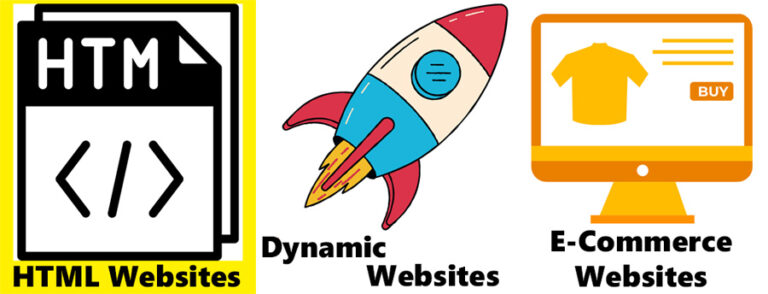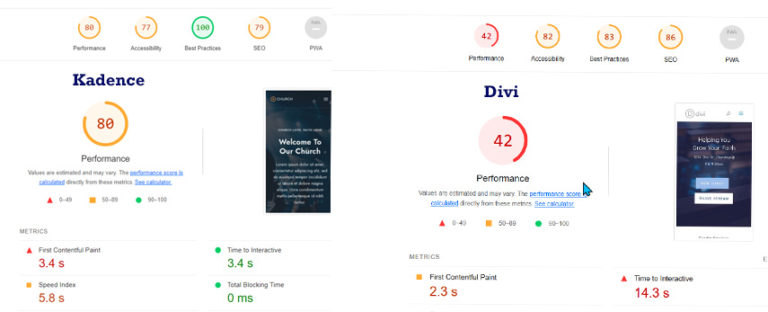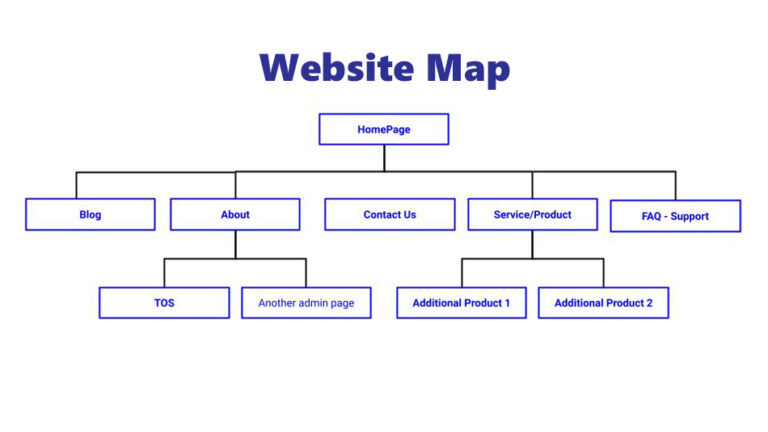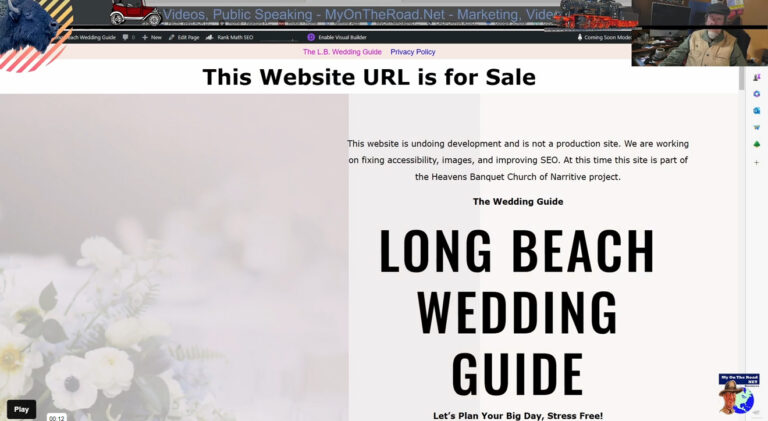What Should a Business Homepage Include?
Are you thinking about a new website and asking yourself, what should a business homepage include?
There are no hard and fast rules, but there are general guidelines and best practices.
One thing is for sure, the homepage is one of the most important parts of a good small business website design.
In case you find building your own website a little frustrating or you always seem to put it off, I can help. I do web design in North Orange County, California. Let’s work together on your new business homepage and more.
(562) 423-1691
You ask What Should a Business Homepage Include? Well, in general you want the business homepage to:
- Capture the visitor’s attention
- Tell the prospect who you are and what you do
- Build at least a little trust
- Direct the prospect to the next step. Tell them what to do next.

Your Business Homepage is a Reflection of Your Business.
What a business website homepage should include depends on the character of your business. There are general design theories and trends, but sometimes it pays to be different. However, you don’t want to be different in a bad way. But being different in a good way is sometimes beneficial. Some of this will depend on where you’re at with your business, along with how focused you are on selling vs branding.
Branding
I have heard some say that clear and prominent branding is one of the most important elements on the homepage. This is probably true for a business that’s been around for a while or is putting effort into branding and growth.
However, for a small micro business, such as a part time dog sitter, it may not be as important. An example from my past is that I was doing consulting for a dog sitting micro business and the owner was spending so much time on branding that more important parts of the business were being neglected. I did help with the website and branding, but she already had some business, so first the facilities needed to be improved. She also needs to have new processes and systems in place to prevent some of the problems encountered when keeping multiple dogs.

For the micro business branding may be more about the person and website name as the brand. In this case a name without a logo may be all that’s needed. But you still want a consistent look, so having a color scheme and standard font will help tie everything together. Your website’s branding should be clear and easily recognizable. This includes your name/logo, tagline, and color scheme. Your business identity should be placed in a prominent location, such as the top left corner or center of the page. If the website name and logo are in the header area they are usually also hyperlinks to the homepage. This means they will propagate throughout the site.
When someone asks me “What Should a Business Homepage Include?” I always think a primary element is clear and easy navigation, after all it’s a business homepage essential.
Clear and easy navigation is one of the most important elements that all business homepages should include. Navigation can be in the form of a top navigation bar, a side menu, or a hamburger menu. The important aspect you’re striving for is that the navigation is intuitive and easy to use. Website visitors need the ability to quickly find what they’re looking for. Navigation is part of the site architecture that affects search engine optimization. How you structure your navigation can influence how much traffic you ultimately get and how well it converts.
A modern trend is to use a hero Image or Video at the top of the page. Often taking up all the real estate above the fold. The hero image is usually a visually appealing, and often striking image, meant to capture the visitors’ attention. Ideally it also communicates the purpose of the website. I have mixed feelings about this. It can work very well for some products and services. For others I think a more informative approach is better.
While not as common, using video in place of the hero image is also quite popular. If doing this, you need to work at keeping the video file size down. Large files will slow the site down and may impose limits by the server as well as increase monthly hosting costs. If using video this way they will need to be optimized for use as the hero element. Optimization usually involves rendering at a lower frame rate and quality. Generally the video will have a color overlay that will allow for a lower quality video to still communicate the intended feel and message.
When using a hero image or video a strong headline will increase engagement and sales. A standard practice is to have the site headline over the hero image in an H1 tag.
A headline is an essential part of every business homepage.
One of the most important business homepage elements is a headline conveying your unique value proposition. This is usually done with an H1 tag. There should be only one H1 header tag on a page. The best headlines are clear and compelling. Now let’s look at one of the most important parts of the message, which is your value proposition. The headline needs to work with other above the fold elements such as graphics, photos, and video to clearly communicate a value proposition. The top of page design elements need to be a gestalt that support and complement the value proposition. Your headline needs to be an attention grabbing value packed bit of information that acts as the hook.
Your Call-to-Action – What should a visitor do?
Another important part of your homepage is the Call-to-Action also referred to as the CTA. What do you want your visitors to do? Do you want them to go to a webpage, or call, or fill out a form, or sign up for an email newsletter, or maybe it’s to also get into your drip campaign. What does the customer journey look like? What’s the flow? Actually there probably is no one single customer journey. But there may be a higher probability of certain segments of your target market going through similar processes to become paying customers.
Your Calls-to-Action elements are used to direct visitors to take a specific action. Place your call-to-action buttons, text, and links on the homepage where they’re easily seen. Yes, that means they should stand out and shout – Do This!
Social proof and trust signals.
Social proof and trust signals can help to establish credibility and build trust with visitors.
Many people recommend using some kind of social proof on the home page. I do imagine this is a good idea. However I have seen so many fake reviews, photos, and counters that I personally find them distracting. If the overall site looks trustworthy, I tend to put more weight in the reviews and other trust signals on the site. If the site looks questionable and the social proof looks like it was written by artificial intelligence or if it’s an American site and it looks like it was written by a nonnative English speaking copywriter, it has the exact opposite effect, then it can act as a distrust signal.
Some different elements of social proof are customer testimonials, case studies, and trust badges. I have a rather larger definition of trust seals than seals issued by trust seal companies. I also include the logos of businesses the website has done business with. It looks impressive to see that a company has worked with a major car company or one of the online giant tech companies.
Social proof and trust signals should be placed on the page where they’ll do the most good. This could include close to CTAs or towards the bottom of the page. Usually famous companies the business has worked with will work as trust signals and these are generally put towards the bottom of the page.
I suppose I could claim that I have been part of a marketing campaign working with Google, Deutsch Inc., and Volkswagen, which is true. I have. However, I only worked with them once, so it just doesn’t seem legitimate to have them on site as past business relationships. Also when writing this blog I am not looking to work with extremely large companies, I’m not even looking to work with a lot of small companies. I am focused on only working with several small businesses in the North Orange County area of California.
Key features and benefits.
This is the standard homepage format. Tell them what you do, how you do it, and why it matters. It is to the point and makes it so prospects can easily compare your products to what others offer. Stating Key features and benefits on the homepage is a tried and true tactic, but it is not always the right approach for every business. Sometimes it may be better to write more emotional copy telling the prospect how their life will improve after they have your product or service and inviting them to learn more, deeper in the website. Or better yet, by contacting you.
You’ll notice a lot of my own websites use the key features and benefits style homepage. With this type of business homepage we are highlighting what we offer, the key features. This may be more effective if you really do offer something your competitors don’t. Then you need to ask is this part of your unique value proposition? Next you want to tell people why these features are important, what are the benefits.
Best practices call for this to be placed prominently on the page, such as in a section below the headline which is often on a hero image or video. A lot of time I use this as the main body content on the home page. If a homepage has a lot of different elements then the key features and benefits will usually be toward the top of the page.
Tell a little about who you are.

A brief section about the company or organization is often a good idea. Some suggestions are the years in business and areas served. When the grace of Google favored many of my websites, I would get a lot of calls from people in other Orange County locations, outside of California. I tried to minimize these calls by clearly and prominently showing I was in California. Telling prospects about who you are and how long you have been in business can act as a trust signal. These historic or narrative trust signals can be placed in the header or footer as well as throughout the body of the homepage. If in the header or footer they will also propagate throughout the website.
There you go, you should now have a few ideas about “What Should a Business Homepage Include?” Now click on the link to get a better overview of what goes into a good small business website design







